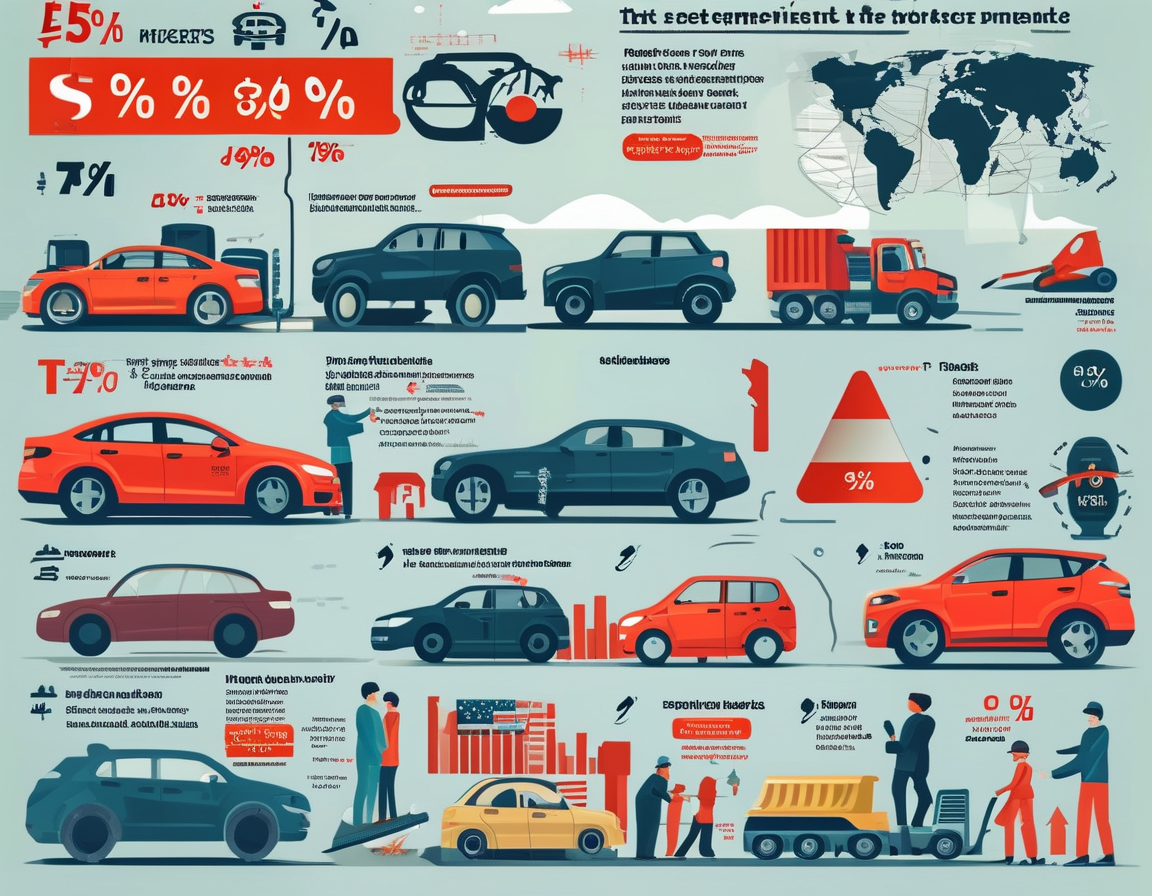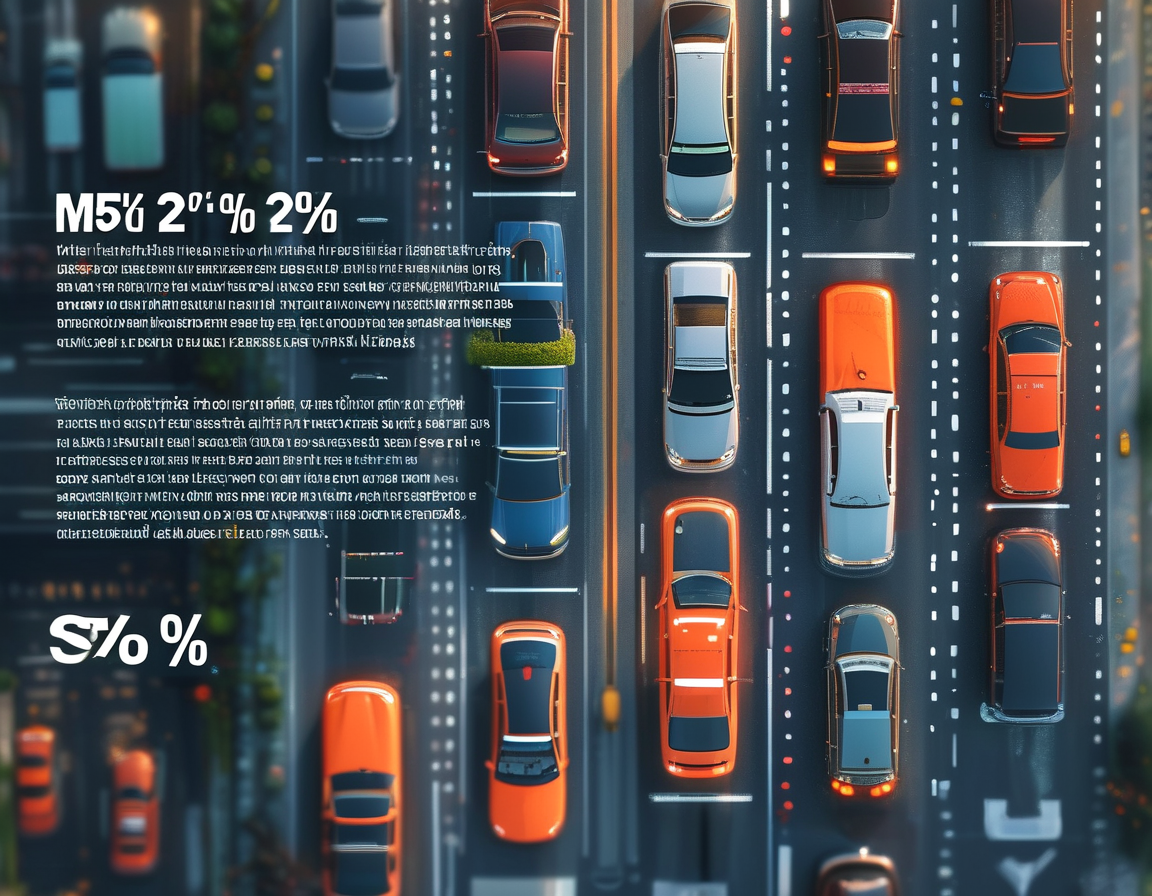The recent 25% tariff on imported automobiles has created a stir. What does it mean for consumers and the industry? Let’s break it down.
Background of the Tariff Announcement
On March 26, 2025, President Trump revealed a bold new economic strategy. The move comes as a response to years of low tariffs. Until now, cars faced around a 2.5% tariff. This increase signals a drastic shift in policy. Trump’s administration believes it’s time for a stronger stance on foreign competition.

An aim of the tariff is to rejuvenate the struggling U.S. automotive sector. By imposing a higher rate, the hope is to lure foreign manufacturers to produce cars domestically. This could, in theory, create jobs and encourage investment in America. But will it work? It’s a complex issue, one that needs careful analysis.
Domestic Advantages of the Tariff
So, what are the anticipated benefits? First and foremost is boosting domestic production. By hiking up the cost of foreign vehicles, more consumers may choose American-made cars. This could significantly enhance sales for companies like Ford and GM. They could likely invest more into production and innovation.
Another crucial benefit is protection from market volatility. Domestic automakers face fierce competition from abroad, often from companies with lower production costs. The tariff could give them a small edge in an aggressive market. Will this shift consumer preference toward American brands? Only time will tell.

Plus, we can’t forget about revenue. Tariffs are a robust source of income for the federal government. This revenue could be used for essential sectors like healthcare or infrastructure. However, as more money gets funneled into government coffers, will it truly benefit the average American? That remains a point of contention.
Challenges Arising from the Policy
Despite the expected benefits, substantial risks loom large. The most immediate concern is the potential increase in consumer prices. A 25% tariff is no small change—it will raise prices on imported cars. Will American buyers be willing to pay more, or will they resist?
Also, consider the supply chains. Automakers don’t just rely on U.S. production. Many parts come from abroad, making costs skyrocket. Increased production costs could hit consumers hard, resulting in fewer sales all around.

This policy might also ignite international trade tensions. Countries such as Japan, Germany, and Korea could retaliate. This back-and-forth could spiral into larger economic disputes. Are we ready for another trade war? It’s a scenario that keeps many experts awake at night.
Reactions from the Market
Immediately after the tariff’s announcement, the market felt the impact. Stocks of well-known automotive companies dipped. Investors expressed concerns about future profitability and whether consumers would continue buying. How quickly will the industry adapt?
Internationally, reactions weren’t overly positive either. Exporting nations have raised their eyebrows. The fear of retaliatory actions casts a shadow over future negotiations.
Future Implications of the Tariff Policy
As we look ahead, several outcomes are possible. On one side, if the policy attracts investment, it could be a game-changer. Domestic manufacturers could strengthen their foothold, leading to job creation and innovation. Wouldn’t that be a positive turn?
Conversely, there lies the risk of escalating tensions. Should prices rise too steeply, consumer behavior might shift dramatically. If manufacturers pull back from the U.S. market, the adverse effects could ripple through the economy.
Regulatory bodies may need to adapt to prevent these pitfalls. Trade agreements could undergo intense scrutiny as partners reassess their positions. How might this affect the everyday American? An unstable economy could disrupt everything from job security to everyday prices.
Conclusion
The 25% auto tariff is a gamble. It aims to protect domestic interests yet poses considerable risks. The potential advantages are tantalizing: increased production, job creation, and extra revenue. However, the hurdles—higher prices, supply chain turmoil, and international pushback—are daunting.
Success hinges on adaptable strategies and international cooperation. Will we see a revitalized American auto industry, or should we brace for an unstable future? Only time will reveal the true impact of this ambitious policy.
Leave a Comment